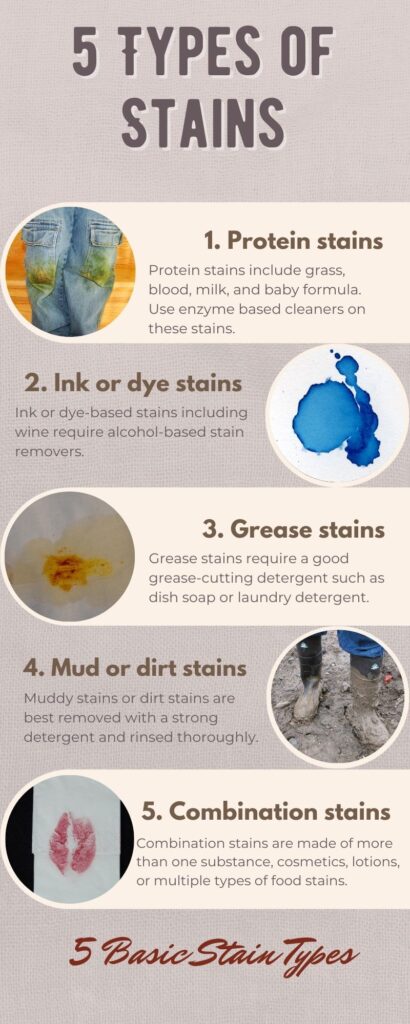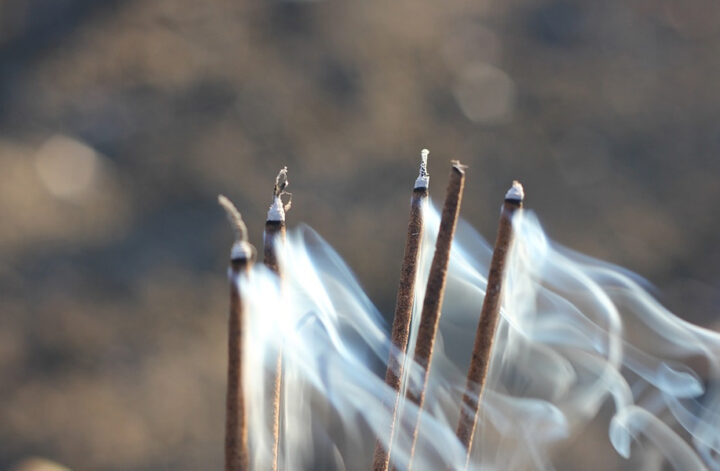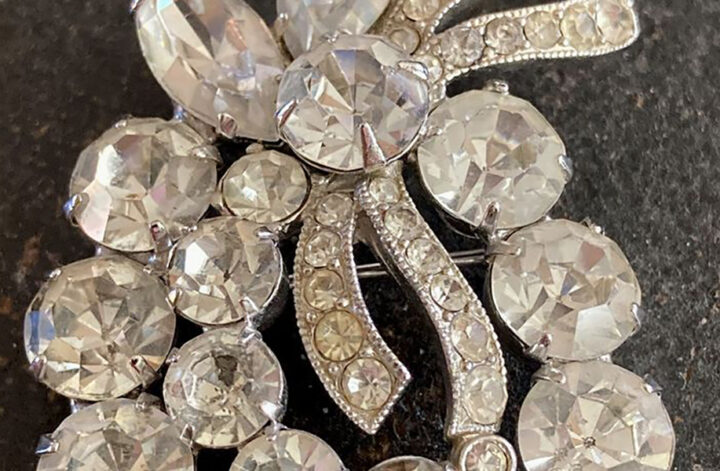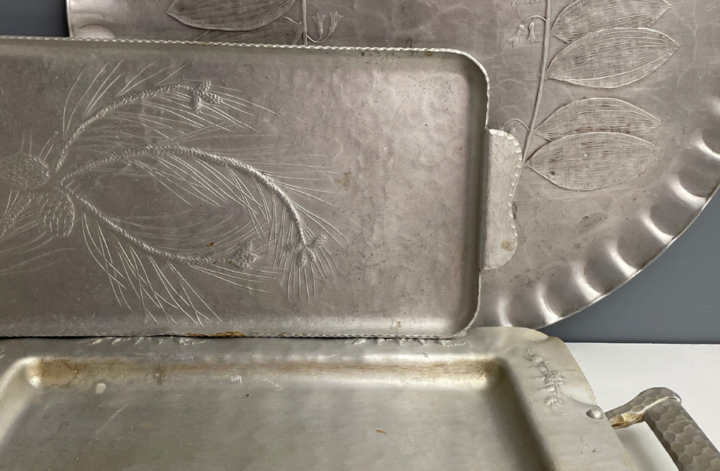Welcome to our series on cleaning vintage clothing part 3.
Let’s talk about types of stains for a minute before we proceed. Sometimes it can be easy to determine the type of stain and proceed accordingly. Other times, not so much. Older stains may be especially difficult to determine.
Often times stains can be a combination of items. For instance, cosmetic stains could have dyes as well as oils. Food stains may be a combination of organic proteins and oil-based such as butter and vegetables.
There are four basic types of stains, well, actually 5 if you include combination stains. Here they are:
Protein-based stains include grass, blood, milk, and baby formula. Protein-based stains require an enzyme solution to remove. Enzyme pre-soaks include Biz or Biokleen Bac-Out. However, beware of using enzymes on silk or wool as the fabrics could be destroyed by the solution. If you must use them, spot-check first and use them very sparingly and rinse immediately.
Ink or dye-based stains which include wine, juice, and spaghetti sauce. Ink or dye-based stains can be removed with rubbing alcohol, alcohol-based hair spray, or acetone nail polish remover. Always work with a clean absorbent towel or cloth under the stain to absorb it. Again be careful with delicate fabrics as these can be rather harsh. Use sparingly and rinse thoroughly.
Oil-based stains include grease, butter, and lotion. Oil-based stains are best removed with a good-quality grease-cutting detergent. Liquid dish soap such as Dawn, or regular laundry detergent works well. Apply a solution directly to the stain and gently rub, using an absorbent cloth or towel to absorb the oil as it comes out of the fabric. Rinse thoroughly.
Granular-based stains include mud, clay, and dirt. Granular stains are also best removed by using a detergent solution. These stains may require a slightly heavier hand, but don’t forget to rinse thoroughly as always.
Combination stains can include things like coffee with milk, colored lotions, make-up, peanut butter, and jelly. Combination stains are just that, a combination of different items that require a variety of solutions based on what the stain is made up of. Below is a chart of the 5 basic types of stains.
If the stain appears to be old or washed in, you may not be able to remove it completely. Multiple solutions may be required along with several applications over time. Many of the solutions used for stain removal need time to break down the stain. Drying the item out in sunlight often helps to lighten stains as well.
Part 1 of this series covers identifying the type of fabric and testing for colorfastness.
Part 2 of this series covers determining how much cleaning your garment needs.
Part 4 of this series covers how to clean commonly found stains.




